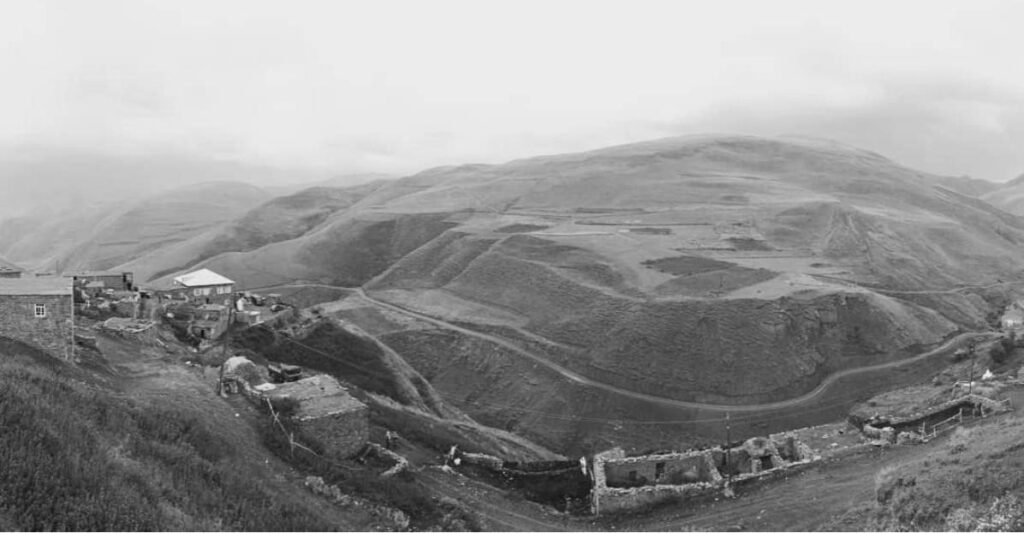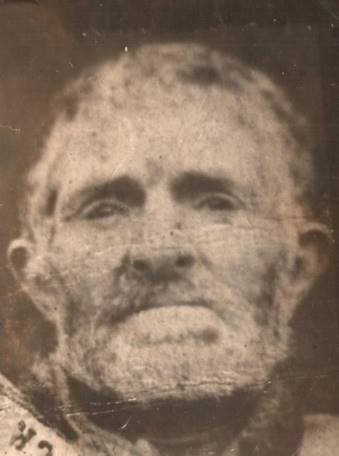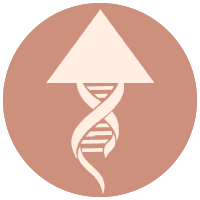Work on the formation of the Bachan family tree was long and painstaking. I managed to discover that most of the representatives of this surname lived in the Kurakhsky district of Dagestan and came from the Agul family. In ancient times, Aguls passed information from mouth to mouth, from father to son.

I was able to recreate the sequence of appearance of the representatives of this family. The traditional social organisation was a rural community, which is an independent economic and territorial unit.
Aguls are one of the indigenous peoples of the Caucasus. They mainly live in the central part of the south-east of Dagestan. The ancestors inhabiting Caucasian Albania were known under the common name of Leks. Now, the Aguls are part of the Lezgin group of peoples.

In part, information about these communities was stored in mosques, but due to the fact that many of them were abolished during the Soviet period, the search turned out to be much more difficult than anticipated. Materials from the Central State Archives of the Republic of Dagestan became an extremely valuable resource for me when studying the Bachan family tree. Here, I was able to collect information about the culture and life of the Agul settlements, historical archival documents and details on the personal funds of residents from the beginning of the 18th century. When I studied the history of the Agul settlements using ethnographic materials, archaeological sources and some archival data, I managed to establish the first mention of a representative of this family dating back to 1865. So, in this year, Hasan-Huseyn was born in the village of Ukuz. Hasan-Huseyn’s father, Bachan, was born before 1840. Thus, in the family tree, Bachan is considered to be head of the clan.
The surname Bachan (Bachai) is derived from the nickname Bochanin, which means “a resident of the opposite bank of the river” (in our case the Kurakh River). It should be noted that the process of forming surnames was quite long, and as such surnames in Dagestan only began to be introduced at the end of the 19th century.
Bachan himself later married Fatima who was a Lak and native of another village. They had two sons: Latif and Hasan-Huseyn. Latif, like his brother Hasan-Huseyn, created a large and strong family whose descendants still live in different areas of the world. He got married and had three children: two sons and one daughter. He named one of his sons in honour of his grandfather, Ramadan. Kadyr, the second son, was wounded during the Second World War but he lived a long life and passed away in 1953. Daughter Suvar also lived a long life with her family and died in 1967.
Let’s return to Hasan-Huseyn, about whom I managed to collect much more information. He was born in October 1865 in the village of Ukuz. He married twice. He divorced his first wife after their only child died. His second wife was a native of the village of Ukuz Salikhat and she was several years younger than him. They got married in 1924, and in the same year their daughter Zagidat was born. They got married in 1924 and in the same year their daughter Zagidat was born. By this time, Hasan-Huseyn was already 59 years old. His wife Salikhat was engaged in the upkeep of the home, as was normal for all women during this period of history.
Ukuz is a village in the Kurakhsky district of Dagestan. It is part of the Usugskoye rural settlement. In 1960, the residents of Ukuz were resettled to the village of Mamedkala. This village is located on a tributary of the Kurakh River, 28km north-west of the regional centre Kurakh.
Hasan-Huseyn worked to a mature age as head of a grocery warehouse. During the famine of 1933, he opened a state warehouse for all rural residents, thereby saving more than one life from starvation. However, because of this, the Soviet authorities arrested him and sent him to prison. Only after Stalin’s death (post-1953) was the hero acquitted. He was released, having ‘lost’ several years of his life in prison.
From the studied archival data, I also learned that Hasan-Huseyn and Salikhat had eight children. Detailed information was found about seven of them. Daughter Zagidat was born in 1924. Son Khidir lived a short life, dying at the age of 8. Another son, Magomed, died at the age of 17 in 1917 due to the terrible disease smallpox. Daughter Javail married Yahya. Like her brother Magomed, she died at the age of 17, again due to smallpox. Son Shamsudin, like his father, was married twice. His first wife Taman gave birth to a daughter, Zuhra, who died in infancy, and his second wife Taibat gave birth to four children. Unfortunately, their daughter Fatima also passed away at an early age.
In addition, I also discovered the genealogy paths of Zagidat and Magomed-Sadyk. I’ll start with the daughter, Zagidat Hasanova, who was born in Ukuz in July 1924. She married Abdusalim Ramazanov, another native of Ukuz (born in 1911). Zagidat lived a long life and left this world in the summer of 1997 in Duzlak, having outlived her husband by several months (he had died in December 1996). Like other residents of the villages of Ukuz and Kurakh, the Ramazanov family were traditionally engaged in agriculture and cattle breeding, having successfully raised sheep. Abdusalim went out early in the morning to the mountains and grazed a large flock, while Zagidat remained at home to manage the household and raise the children. This made it possible for all the children in their family to receive higher education and to embark upon studies abroad. It also allowed Zagidat to become a “Mother Heroine”. Thanks to archival documents, I was able to establish that Zagidat and Abdusalim had eleven children.
In Soviet times, the status of “Mother-Heroine” could be obtained by every woman raising ten or more children. No matter whether she gave birth to them or they were adopted, these families were provided with various benefits and awards.
Now let’s discuss Magomed-Sadyk, the son of Hasan-Huseyn and Salikhat. I learned that Magomed was married twice. His first wife, Sagibat, gave birth to six children during their life together. His second wife, Guzelaga, was born in 1936 and they had three children together.
Magomed-Sadyk was known as a good manager. He successfully completed the “collective farm era” in the village of Ukuz, being appointed at the end of the 1960s as the last chairman in the history of the collective farm. Under his leadership, the collective farm gained momentum, flourished and became one of the best in the Kurakh district. Until 1961, there were approximately 70 households in the village of Ukuz. Today, 10 families are still working on this collective farm.
It took me four and a half months to research the history of the Bachan family. I worked very closely with the archives of Dagestan and I also searched biographical notes. In addition, I met with relatives and made notes about their stories and garnered facts about their families’ lives. As a result of my research, a family tree was produced, including more than 462 members. It can be viewed HERE.
Currently, the descendants of Hasan-Huseyn live in different countries, including Russia, China, Turkey, the USA, Bulgaria, Azerbaijan and many others.
enquiry![]() truegenealogist.com
truegenealogist.com
